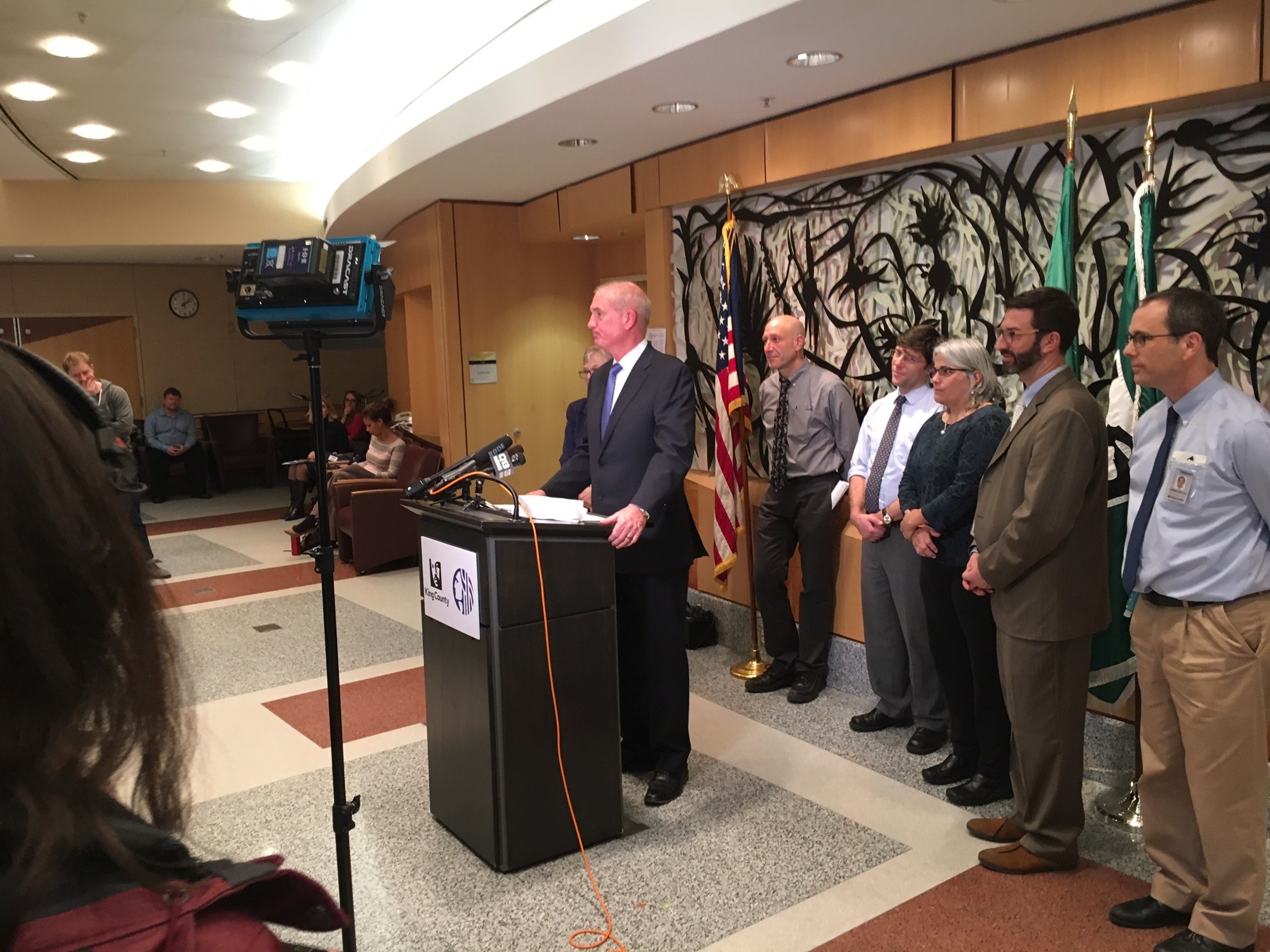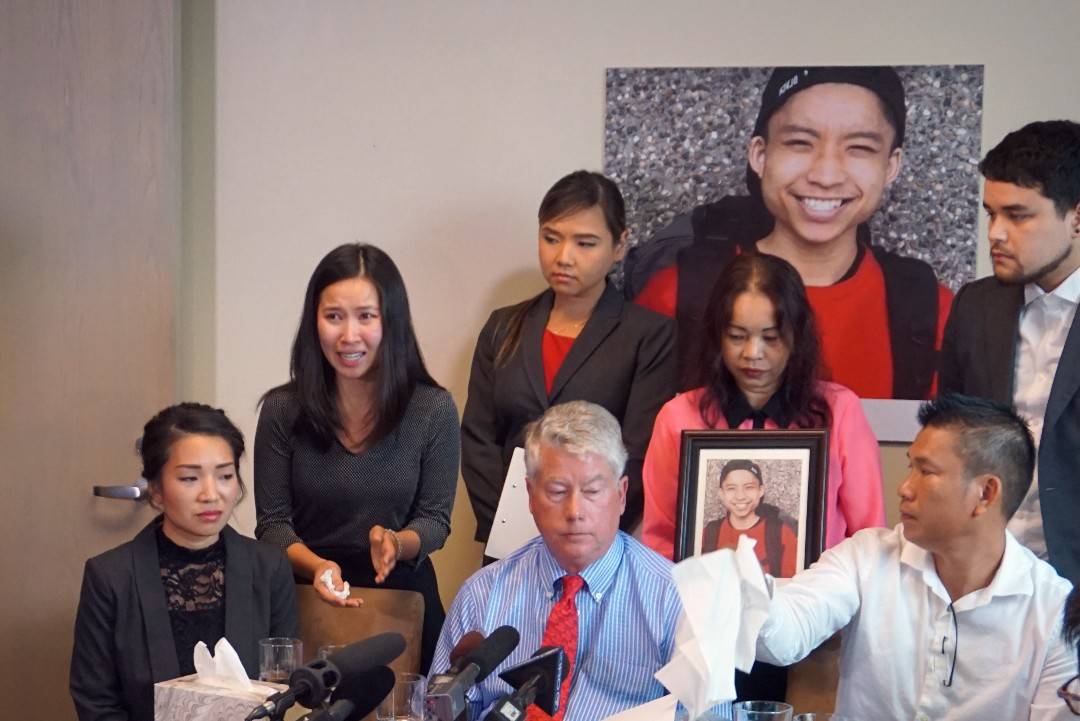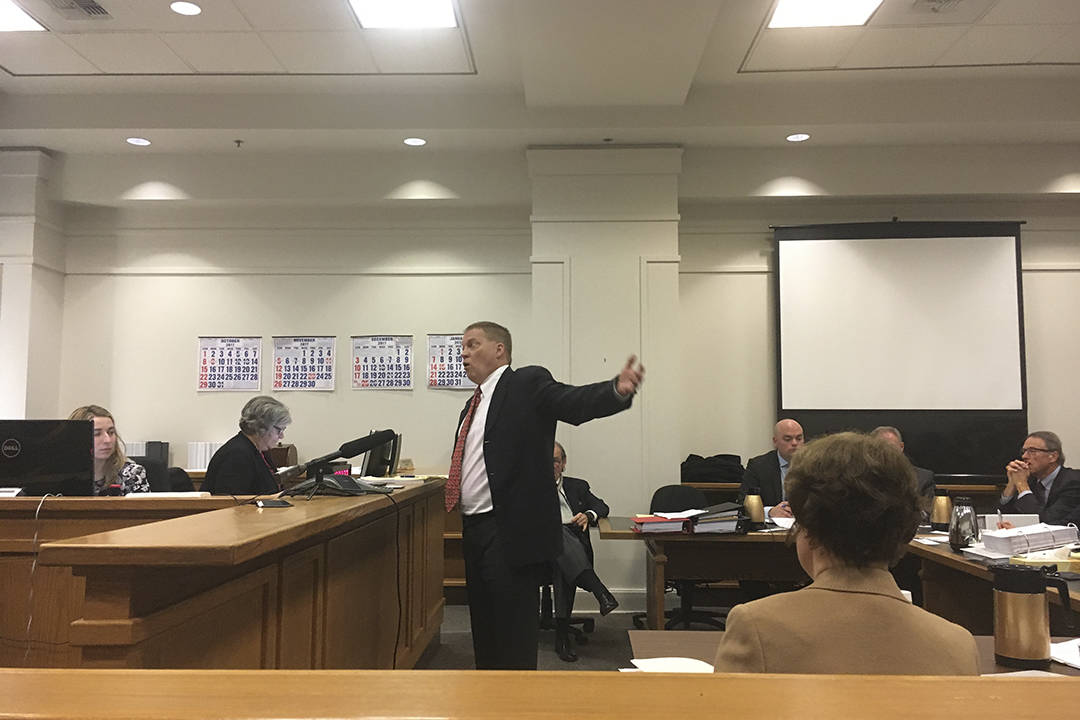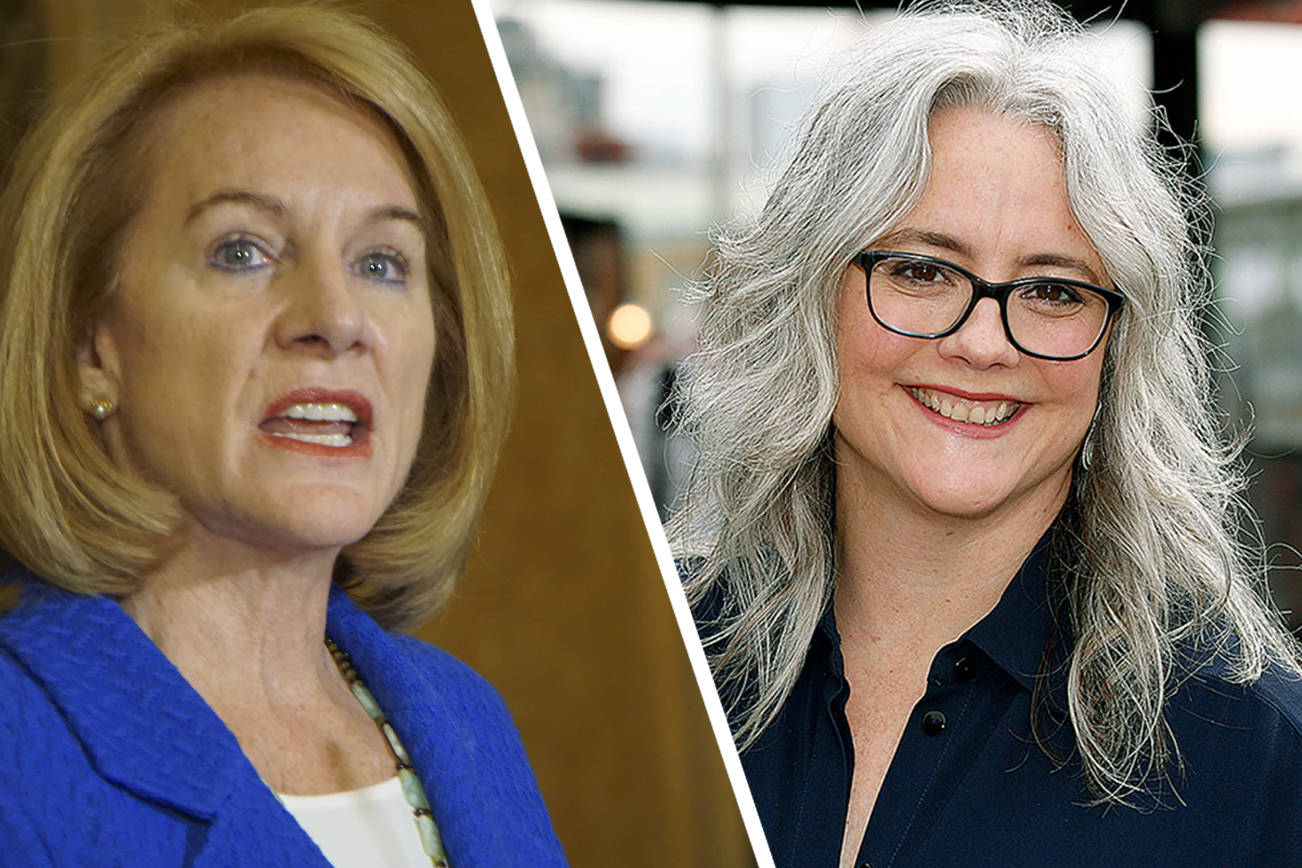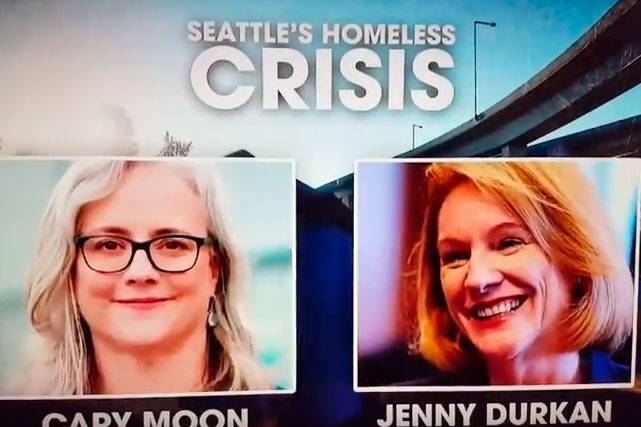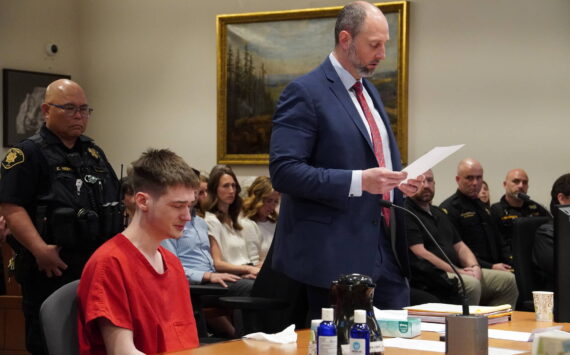Mayor Ed Murray and King County Executive Dow Constantine on Friday gave their approval to the creation of safe-consumption sites, which would be the first such government-condoned sites in the country. They made the announcement in a packed conference room at Harborview Medical Center, surrounded by members of the opioid task force that endorsed the idea of safe-consumption sites last year.
However, as major as a milestone the elected officials’ endorsements were, the big questions of where the sites would be located, and whether a Department of Justice under the control of Jeff Sessions would interfere with the effort, loomed over Friday’s announcement.
The idea of creating Community Health Engagement Locations was one of more than a dozen recommendations made last year by a opioid task force convened by Murray and Constantine. The idea behind the sites—already deployed in over 90 locations in other countries—is that if drug users have a place to consume without fear of arrest and under the eye of medical professionals, both overdoses and public consumption could be curbed.
At Harborview Medical Center Friday, Murray, Constantine and nearly a dozen medical and law enforcement officials underscored the empirical benefits of safe-consumption sites. But it was a comment by Daniel Malone, executive director of the Downtown Emergency Service Center, that struck at the huge task ahead in regards to quelling public opposition to the idea.
“We need to understand that there is significant trepidation about a location that gets really damaged by a certain activity,” Malone said, referring to the effect a CHEL could have to the neighborhood it’s placed in.
Murray was in agreement, with the challenge if not the concern: “It’s one thing to say yes to a plan. Our biggest challenge is ahead of us, in making it operational.”
Patty Hayes, director of Public Health—Seattle and King County, said their hope is to have a site picked out in Seattle within the year. She said that will include significant public outreach to make sure a neighborhood is receptive to a CHEL.
Brad Finegood, who was a co-chair of the opioid task force that made the CHEL recommendation, argued that neighborhoods with significant public drug use now should be receptive to the idea. He disputed the argument that all of Seattle’s drug users will get drawn to a single area by a CHEL, saying that research shows people will travel three-to-five blocks to avail themselves of a site. That means a neighborhood like Pioneer Square or Belltown wouldn’t see more drug users; they would simply see fewer people using drugs in public and leaving needles on the sidewalk.
“I’m sick of my kids finding needles,” Finegood said.
Whether the neighborhoods, and the public in general, agree with Finegood and others’ analysis is a big question. During the Harborview presentation, there seemed to be a general agreement that while many experts believe CHELs will save lives, the public in general is still highly skeptical.
“I talked to women at the women’s march who told me not to do this,” Murray told the audience. His point was that even in fairly liberal circles, the idea of safe-consumption sites is far from a home run.
The other question hanging over the proceedings was whether the state or federal government could stymie the program. Sen. Mark Miloscia, R-Federal Way, has introduced a bill in Olympia to ban the practice statewide. The bill prompted Murray to take a couple digs a Miloscia—“Sen. Miloscia needs to focus on the homelessness in his own district”—but the bill itself is very unlikely to pass.
The more ominous threat comes from the federal government, where Jeff Sessions is in position to take over the Justice Department and thus the Drug Enforcement Administration. While Sessions isn’t on record about safe-drug sites, he’s generally not been receptive to ideas of drug tolerance (Crosscut has a good rundown of Sessions and CHELs).
In a press conference, several taskforce members acknowledged they did not know how or whether the federal government could interfere with the process. But they refused to accept the idea—despite heavy prodding from reporters—that that was a flaw in the plan.
“Some of us might be too young to remember, but the Reagan administration did everything they could to stop needle exchanges,” said Dr. Jim Walsh, medical director of Addiction Recovery Services at Swedish (most of us reporters were probably in diapers when Ronald was in office). “But communities created them anyway. This is a life or death effort.”
dperson@seattleweekly.com
